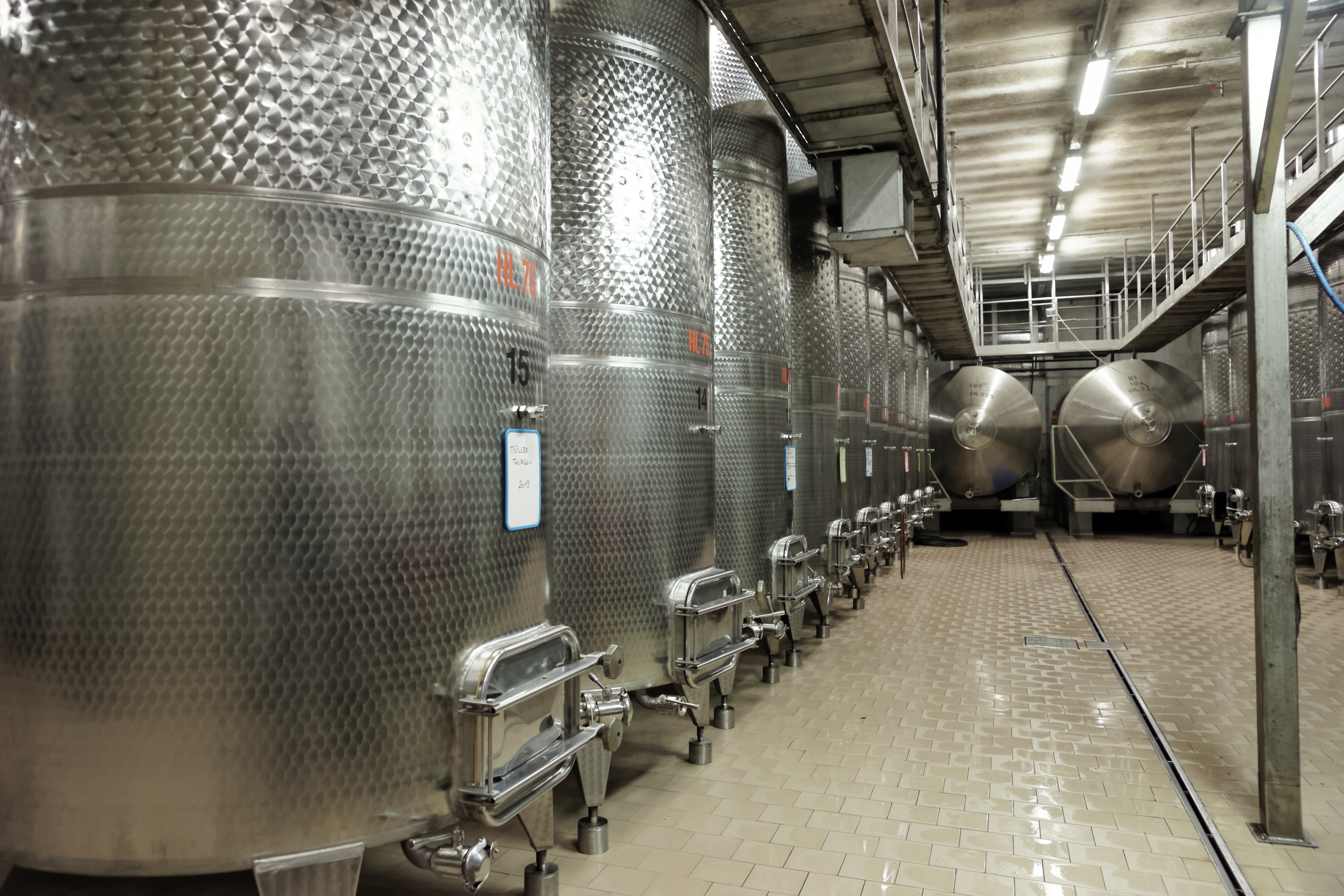We use cookies to make your experience better. To comply with the new e-Privacy directive, we need to ask for your consent to set the cookies. Learn more.
Workplace Sanitation Standards Across Industries: How Does Your Facility Rate?
You need to maintain a clean, sanitary workplace — especially if you operate a food production or storage facility. Apart from obvious compliance concerns, adequate sanitation has tangible benefits; numerous studies have shown a link between facility cleanliness and overall staff productivity.
Of course, every industry has its own standard of cleanliness, and creating a clean workplace starts with understanding what “clean” really means. Here are some of the sanitation regulations and recommendations for three sample U.S. industries:
Food Production
For obvious reasons, facilities that process, package, or store food have incredibly high standards of cleanliness. Not only must they follow OSHA regulations about clean floors and passageways, but they are bound by the FDA Food Code — the latest of which fills well over 600 pages (plus appendices).
The 2013 FDA Food Code devotes particular attention to staff hygiene, marking a key difference between food production staff and workers in other industries. Food employees must wear clean outer clothing and hair restraints. For men with facial hair, that includes a beard net.

Manufacturing
Cleanliness in manufacturing applications improves safety, promotes productivity, and can even reveal the sources of operational waste. Trade journal Professional Safety gives the example of an oil leak. When staff has to clean oil from a walkway every day, they will be much more likely to report the leak for repair.
While non-food manufacturing plants aren’t bound by FDA guidelines, many OSHA regulations enforce good housekeeping rules. 29 C.F.R. § 1910.141(a)(3)(i) says it all: “All places of employment shall be kept clean to the extent that the nature of the work allows.”
Many applications will have less stringent requirements about staff clothing than the food industry, but workers on electronics production lines may be required to wear hair nets, bouffant caps, and/or beard nets.
Warehousing and Storage
In material handling industries, safety depends on clean and uncluttered floors and aisles. Travel paths must remain clear for forklift traffic and workers guiding pallet trucks. As OSHA regulation 1910.22(a)(2)has it, “the floor of every workroom shall be maintained in a clean and, so far as possible, a dry condition.”
The good news for forklift operators is that they almost never have to wear beard nets or other hair restraints. Material handling staff may have to wear hair nets in facilities that handle unpackaged food or medical supplies, but other than that, clothing requirements are more relaxed than in other industries (with the important exception of personal protective equipment for relevant staff).
Some cleanliness practices are the same for every industry. Janitorial basics like floor care machines, cleaning supplies, and bathroom equipment should be present in every facility, no matter what business you’re in.
Still, it pays to observe all federal, local, and state guidelines for your facility — and not just by remaining compliant. A clean facility is a productive facility, and that’s true for every industry.
References:
Becker, John E. "Implementing 5S: To Promote Safety & Housekeeping." Professional Safety 46.8 (2001): 29-31. ProQuest. Web. 27 Aug. 2015.
“General Environmental Controls - 1910.141.” Occupational Safety & Health Administration. United States Department of Labor, n.d. Web. 27 Aug. 2015.
2013 Food Code. College Park, MD: U.S. Public Health Service, Food and Drug Administration, 2013. PDF. 27 Aug. 2015.
“Walking-Working Surfaces - 1910.22.” Occupational Safety & Health Administration. United States Department of Labor, n.d. Web. 27 Aug. 2015.
